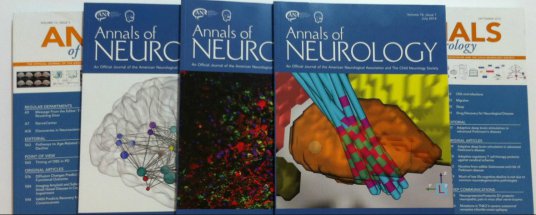31. Oct. 2017
In some instances, drug-resistant epilepsy can be treated surgically. This requires precise identification of seizure onset zone, so that the surgery is effective and surrounding brain structures are left intact. Localisation is often done using electrophysiological data (widely known as EEG) from electrodes placed on the head surface and for better resolution, even implanted deeply into the brain - a method called stereo-EEG, which records activity in the deep brain structures.
International team analyzed frequencies of the biosignals recorded from stereo-EEG in-between epileptic seizures. Using more sensitive recordings and a novel analysis, they identified very high-frequency oscillations (frequencies higher than 1kH), which are more specific to the epileptogenic zone than relativem widely-used high frequency oscillations. This finding may lead to better identification of the origin of epileptic discharges and in turn to better surgery outcomes in patients with drug-resistant epilepsy. Team of Milan Brazdil published this results in prestigious journal Annals of Neurology 2017.



 Share
Share
